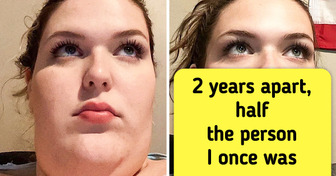Helen Hunt, 60, Stuns During Her Latest Appearance, and Her Lips Become the Center of Attention

Asteroids flying around is sometimes like a fierce game of dodgeball where you never know when some of them can go in your direction. So we can just track the situation and hope for the best! To figure out the risk, scientists from different organizations have to study the positions and paths of the asteroids that come close to our planet, especially those that are at least 0.6 miles wide. And the good news is that none of these asteroids will probably hit us for at least the next 1,000 years. Phew!
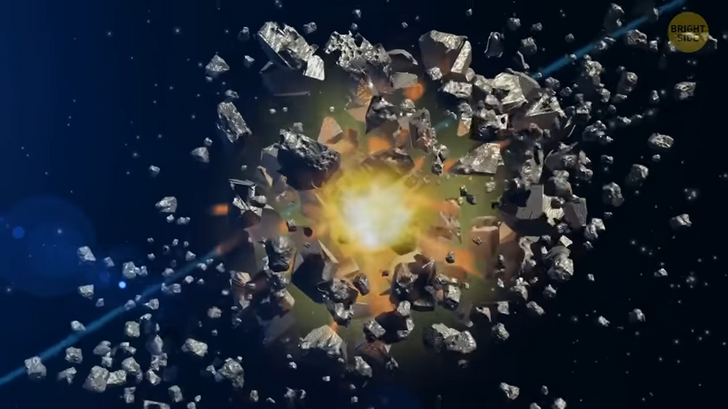
To give us an idea of their power, scientists did an experiment to simulate the impact of such a gigantic asteroid. The energy released from the collision would be a mind-blowing 100,000 megatons. That’s like detonating 15,000 tons of dynamite. Also, if such a big asteroid hit us, Earth would cool down significantly because of all that debris that would go into the atmosphere and block sunlight. Plants wouldn’t be able to get their fuel in this case, so we’d all be in trouble, both humans and animals.
Thankfully, such mammoth asteroid impacts are quite rare. The larger an asteroid, the longer it takes it to collide with Earth. For example, it’s estimated that asteroids with diameters of at least 0.6 miles strike our planet about once every 700,000 years. And if we’re talking about even bigger ones that are 3 miles wide — well, those are predicted to come crashing down only once every 30 million years. Yay! But hold on, don’t get too relaxed just yet! Astronomers focus on really large asteroids because those are the ones that can kinda doom our planet if they hit us. Yup, you got it right, in a dinosaur kind of way. Even if one of them didn’t erase us completely, the damage would still be enormous.
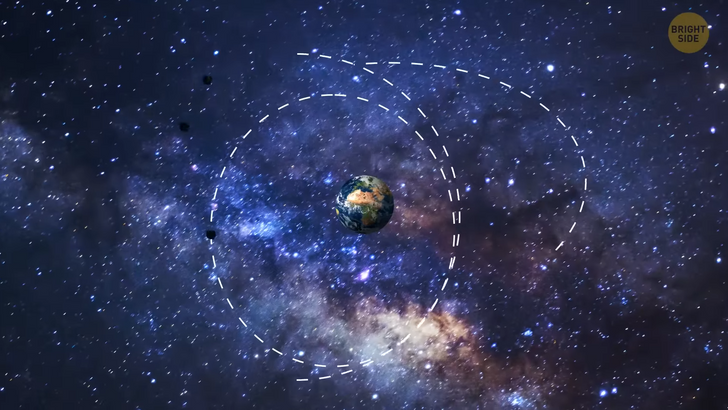
So, there are still some asteroids wandering around that we need to keep an eye on to see how they might evolve over time. Scientists have a model of tracking them where they focus on the parts of an asteroid’s path that come close to our planet to see if the space rock poses a risk to us. And it seems there might be one asteroid [7482 (1994 PC1)] 3,600 feet in diameter that might pose some danger. It’s supposed to come closer to our planet in the next 1,000 years. And when I say “risky,” it means there’s a 0.0151% chance of it coming within one Earth-Moon distance. It already passed by us in 2022, but we were lucky because it was far enough [1.2 million miles]. I’d say we can relax when it comes to asteroid scenarios — for now!
An asteroid slamming into Earth would be new for humankind, but not for the planet itself. As I said, there weren’t many of those big ones, but they still had enormous consequences. The first one that comes to most people’s minds is, of course, “the dinosaur asteroid,” as big as a mountain, that struck our home planet around 66 million years ago, near Mexico’s Yucatán Peninsula. It was chaotic; global firestorms and tsunamis were all over the place! Dust was blocking out the Sun, and vaporized rock released sulfur, which then led to acid rain and the acidification of the oceans. But there was an even bigger fella that came before that one!
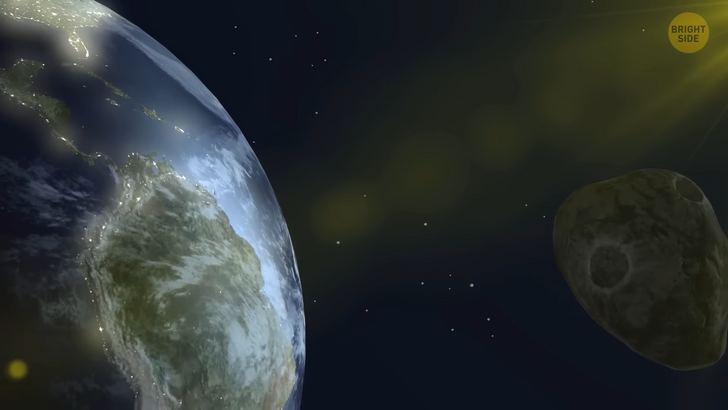
Around 2 billion years ago, a gigantic asteroid crashed into our planet and left a massive crater in South Africa — the one we know today as the Vredefort Crater. And it seems this asteroid might have been even bigger than we all originally thought — twice as wide as the space rock that erased dinosaurs. The Vredefort crater is confirmed to be the biggest visible crater on Earth, with a diameter of about 99 miles. It used to be even bigger when it first formed, though, maybe even 155 to 174 miles across. It’s hard to figure out its true size because the crater has been eroding for the past 2 billion years. Think of it like slicing off layers from the rim of a bowl — the diameter gets smaller with each slice.
When the asteroid [7.5 miles wide] that wiped away dinosaurs hit Earth about 66 million years ago, it caused massive destruction. Forest fires, acid rain, tsunamis, and so much ash and dust that it changed Earth’s climate... This all made about 75% of life on our planet extinct. The asteroid that created the Vredefort crater was not only bigger, but it also traveled at a higher speed, which means the consequences there would have been even worse. But it happened a long time ago, and living beings were different back then. Maybe it was some bacteria that didn’t even notice that something unusual was happening!
Earth is not the only one — lots of impacts have happened across our Solar System, too. For example, in our close neighborhood. Yup, moving to Mercury and its massive crater called the Caloris Basin. It measures about 950 miles across, which is more than the state of Texas. There’s a ring of towering mountains around the crater which makes it look even more impressive. You can see different colors in the mosaic image of the Caloris Basin. They tell us more about the geology of the basin. The orange parts represent lava that once flooded the basin. These lava flows covered the original surface and added this specific orange hue.
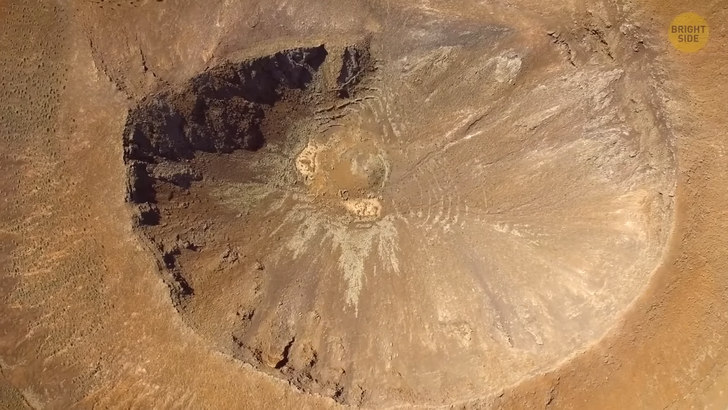
And after the lava flooded the basin on Mercury, smaller craters formed on top of the lava surface. These craters dug into the ground and uncovered the material hidden beneath the lava. Some of this material is blue in color. And this blue stuff could be a clue about what the original floor of the basin had looked like before the lava covered it. Venus, the hottest planet in our Solar System, has a thick atmosphere that comes with a pretty good defense system against space rocks. It’s so dense that it burns up most meteors before they even reach its surface. As a result, you won’t see as many visible craters on Venus as on other rocky planets in our Solar System.
But Venus still has some scars that can tell us about some serious impacts that happened there. And one of the biggest scars we know about is Mead Crater. It’s enormous, about 170 miles in diameter. The inner floor of this crater is relatively flat and kinda brighter than its surroundings. It’s possible that the crater ended up filled with a mixture of melted rock after the impact — and maybe even lava from volcanic activity on Venus. Wanna get an idea of what Earth might look like without its protective layer called atmosphere?
Just take a look at the Moon — its surface is littered with impact craters. This [Tycho] is one of the craters you’ll easily notice on the Moon. When you look at the full Moon, you can spot it as a distinct circle with bright rays that radiate outward, slightly off-center on the lower-left side of the Moon. This crater [53 miles wide] has a beautiful central peak in the middle that’s topped with an intriguing boulder. The size of this boulder is impressive — it would fill about half of a typical city block here on Earth.
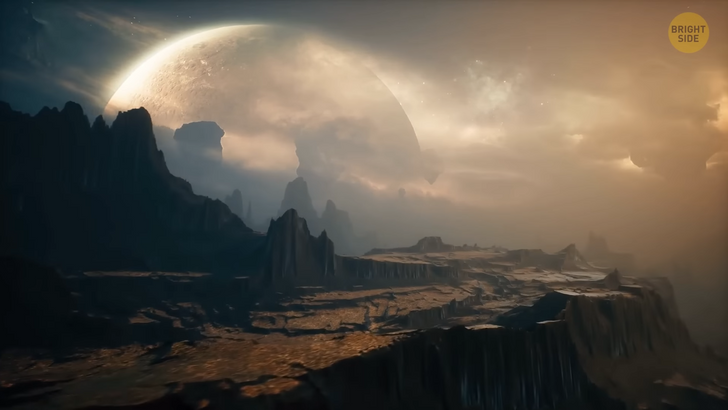
When talking about craters, we definitely can’t leave out Mars! The Red Planet has a much thinner atmosphere than Earth. When spacecraft approach Mars, they rely on the planet’s atmosphere to slow them down as they enter it.
And indeed, the atmosphere helps slow spacecraft down during landing. But it’s still not thick enough to completely protect Mars from all those space rocks that are coming all the time. From July to September 2018, a dark spot appeared on the southern pole of Mars. It consists of two distinct patterns.
A theory says that the bigger, lighter-colored blast pattern can be the result of an impact shockwave scouring the ice surface. The impact generated winds that spread out and scoured the ice. The inner blast pattern, which is darker in color, occurred because the impacting object managed to penetrate the thin ice layer. As it hit the surface, it sent dark sand and debris flying in all directions.








